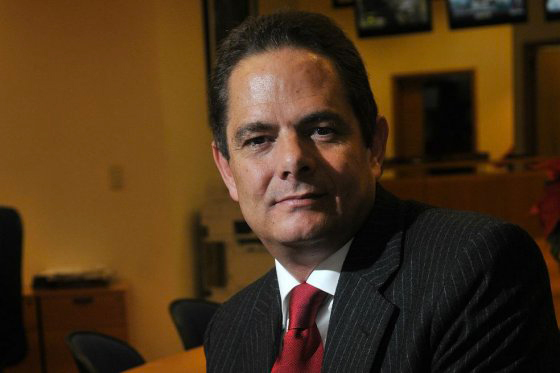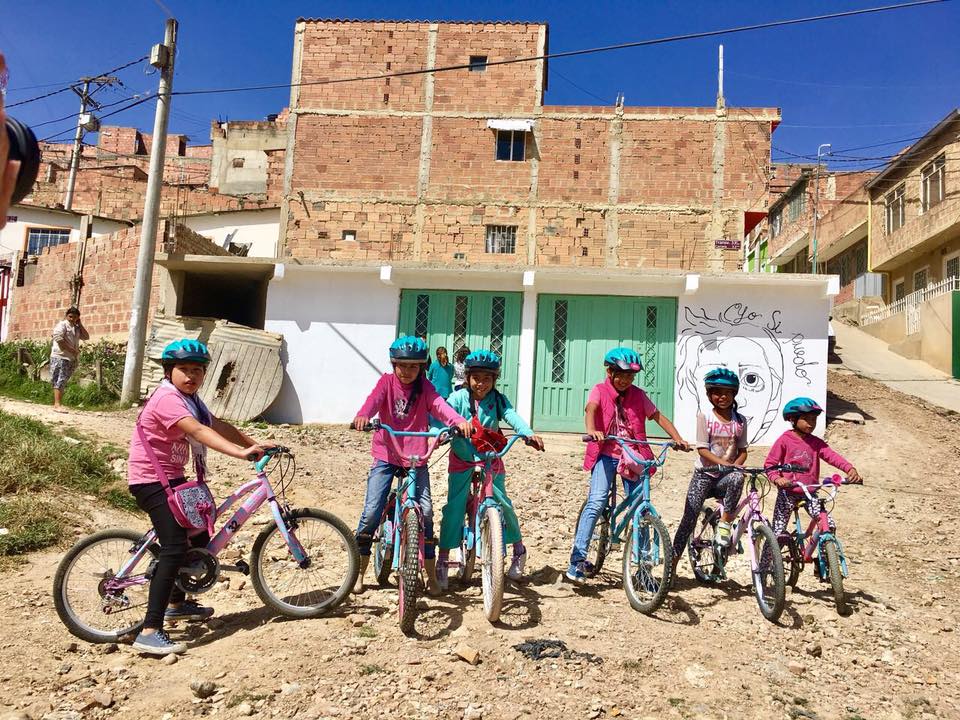La Montaña aims to give demobilised fighters economic opportunities in the face of government let-downs.
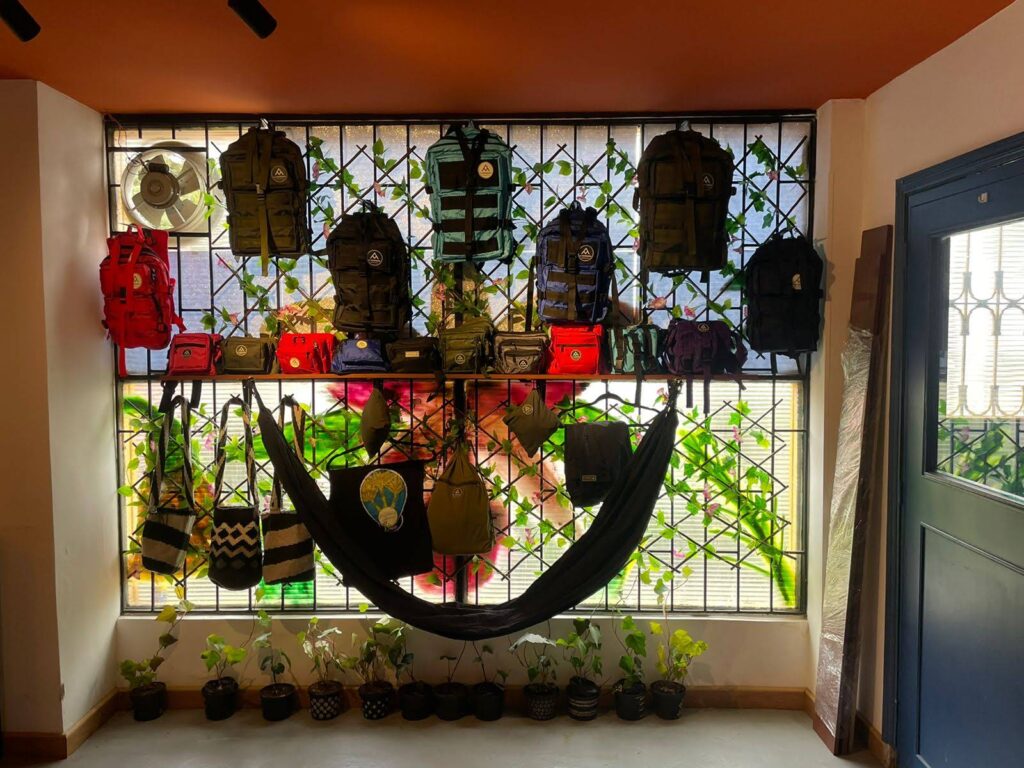
Deep in the hills of northern Antioquia, a co-operative of former guerrilla fighters is stitching together a new reality – quite literally. Following the signing of the peace treaty in 2016, the group swapped guns for sewing machines. Since then, their brand, La Montaña, has gained traction in Colombia and abroad.
The process of reintegration for many former FARC fighters has not been easy. As a Crisis Group report on the fifth anniversary of the peace agreement explains, “Setbacks to reforms, former guerrillas’ stigmatisation and the murders of hundreds of ex-FARC discredit the 2016 peace deal in the countryside.”
Many ex-combatants have created their own businesses as part of the transition, with projects as diverse as brewing craft beer and making dolls. Tourism-wise, former guerillas have turned their hands to guiding, running bird-watching, hiking, and river rafting excursions.
La Montaña is just one of more than 4,200 of proyectos productivos in Colombia. Its 24 staff manufacture backpacks, clothes, hammocks, and money belts in the name of peace.
Sewing for survival
“We started thinking about alternatives for survival”, explains Guillermo León Chanci, a former FARC commander and one of the founders of La Montaña. “We thought, if sewing served for war, why doesn’t [it] serve for peace?”
I meet Chanci, or as he was known during the conflict, ‘Leónidas’, in la Casa la Roja on Calle 45, a cultural centre run by ex-FARC members and a key stockist of La Montaña products. He is on a flying visit to Bogotá from La Plancha, an AETCR (Antiguo Territorial Space for Training and Reincorporation) in the municipality of Anorí, which is currently home to around 155 ex-combatants and their families.
During the conflict, La Plancha served as a base for the 36th Front of the FARC. Fed up with ill-fitting and inadequate uniforms, the guerillas set up a workshop on the site to create their own supplies. So when it came to considering new ways of supporting the community, it seemed natural to convert these wartime survival skills into the tools of peacetime prosperity.
At first, the residents of La Plancha were just creating items for residents of neighbouring communities, but seeing a potential business opportunity, the community invested COP$8 million of government funding into the project. It has now expanded to include a honey business and a women-led line of plant-based skin products.
La Montaña has become so successful they supply stores in Medellín and Bogotá and even have European buyers. “We reimbursed the contribution the government put in and from there, we are advancing. We’ve managed to achieve commercial status,” Chanci tells us, pride radiating in every syllable. “About three months ago, we sent 100 bags to Spain.”
Tourists often visit Anorí and the workers of La Montaña. Chanci hopes the products they buy and take back to their home countries can act as adverts for the changes communities like La Plancha are trying to bring to the country and in doing so create yet more economic opportunities.
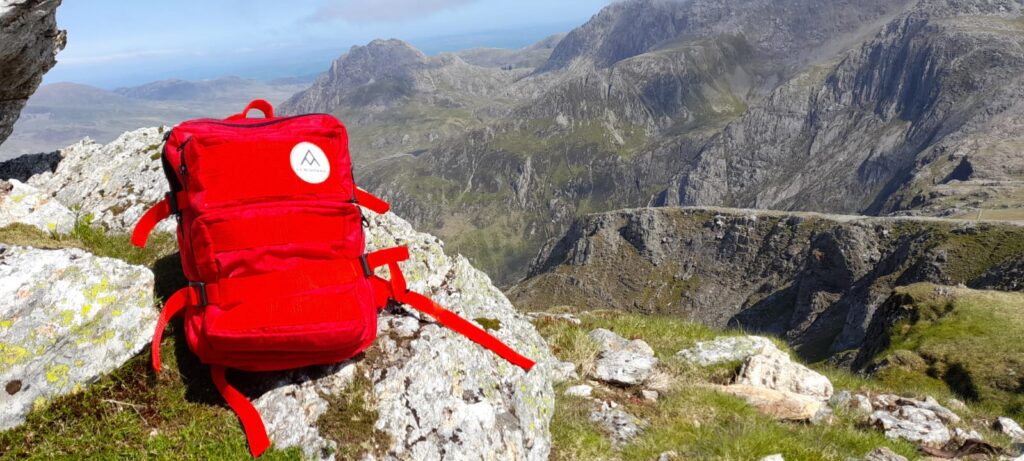
Broken promises
Whilst projects like La Montaña have helped transform the future for demobilised fighters, the community has faced significant challenges according to Chanci.
He first moved to Anori in 2014 to help to carry out peace education there, but from the off encountered issues. “It was difficult: Firstly because [we were] uprooting a custom, a culture that we had had and adapting ourselves to another,” he explains. “But it was more difficult when we started to discover the government’s lack of willingness to fulfil the [peace] treaty.”
Rural reform and redistribution of land constitute the first point of the 2016 peace deal and the government committed to improving land access and reducing rural poverty and food insecurity. The terms of the treaty set out that the state is expected to allocate up to three million hectares of land to landless campesinos and those with limited access. However, a 2022 study by Colombia’s attorney general found that just 16% of this land allocation had been completed. The state has also fallen short on targets to formalise land rights and on development goals in recent years.
The slowness of the government to apportion land has been particularly problematic for members of demobilised communities and their ability to carry out proyectos productivos. The original ETCRs were created as a temporary measure as part of the peace process, but seven years later many communities are still living in semi-permanent settlements and waiting for new land.
When the legal provision for the ETCRS expired in 2019, Duque’s government announced that some of the settlements would become permanent, but others would be relocated. At the time La Plancha was not designated for relocation, but this was later changed and the ex-guerrilleros have been waiting for years to be relocated.
“The housing and the construction and the structure aren’t adequate because the camp zones were for six months”, Guillermo explains in reference to living conditions at La Plancha. “The community is willing to relocate the ETCR to somewhere where housing can be built, because we cannot build housing here.” The ETCR has 19 lodgings, a sick-bay, library and football pitch, but lacks an aqueduct and connectivity.
In February 2022 the government allocated 100 hectares of land to proyectos productivos in Antioquia. Over half this land is located in the municipality of Anorí. According to the head of the Agency for Reincorporation and Normalisation, Andrés Felipe Stapper Segrera, preliminary studies were started to determine the feasibility of moving La Plancha to the newly acquired land, but more than a year on the community is yet to be relcoated.
“The slowness affects us because we cannot create our proyectos de vida,” Chanci adds, explaining that in order to create new lives demobilised FARC members require “decent housing and land to work and support [their] projects.”
Fresh government, fresh hope
For Chanci, the premiership of Petro after years of right-wing governments, offers hope that the years of government lethargy will finally come to an end. “For us, it was a joy,” he explains, recollecting the election of the former M-19 member’s election as President last year. “However many difficulties we have, we can overcome them with this government.”
According to Chanci, they are already seeing progress. “With Petro’s government we have advanced with point one, Petro is apportioning land to the campesino, but we are also advancing with the implementation of the PDETs (Planes de Desarrollo con Enfoque Territorial)”.
“We are thinking about sitting and discussing once again the topic of substitution of [illegal] crops, […] we’re discussing the topic of housing for signatories of the peace agreement.”
In October last year, Petro’s government signed an agreement to facilitate the purchase of 3 million hectares of land in order to fulfil the requirements for land distribution under the 2016 agreement. His administration has also made progress on the issue of formalising land rights.
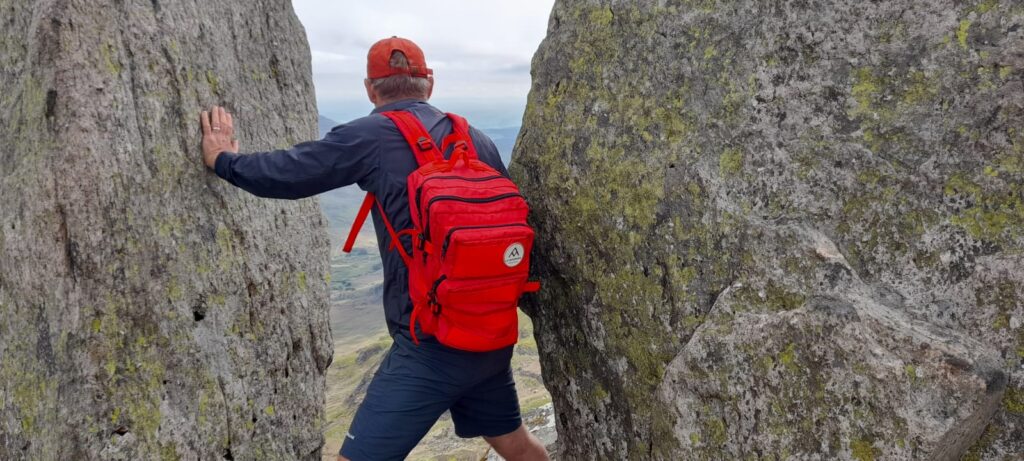
A lifelong battle
Despite the progress being made, Chanci is pragmatic in his expectations for the current government. “We know that we can’t achieve all the goals we have with Petro, if we want to advance, four years isn’t going to be enough,” he said.
Chanci knows better than most that change takes time – he first became involved with left-wing movements at the age of 12, joining the Colombian Communist party before eventually being swept up in the optimism of the Union Patriotica (UP) in 1984. The UP promised land reform, nationalisation of key natural resources and a new economic model for the country. But hope soon turned to despair as the government, military and paramilitary groups systematically wiped out the UP, killing at least 6,000 people, including two presidential candidates, five congressmen and 109 councillors.
It was this violence and the despair it created that drove Chanci and many others to join the FARC. “We didn’t know any other route except the armed option and we went to the guerrilla because there was no other route, because the flags that we were defending, those of the Colombian Communist Party and the Unión Patriótica, were snatched away,” he said.
But now the political route is back on the table. Combined with the opportunities provided by proyectos productivos like La Montaña, it means there are other avenues for progress for these communities.
If Colombia can create a “durable peace” through the full implementation of the 2016 treaty and in doing so build trust in the international community sufficiently to expand the potential of tourism, the future is bright according to Chanci. After all: “Colombia in peace? You never have to go to a European nation, this is paradise.”
La Montaña products can be bought in La Trocha and La Casa La Roja in Bogotá or online.
In addition to backpacks and clothing, La Plancha’s community also produces honey and plant-based skincare and hygiene items.

